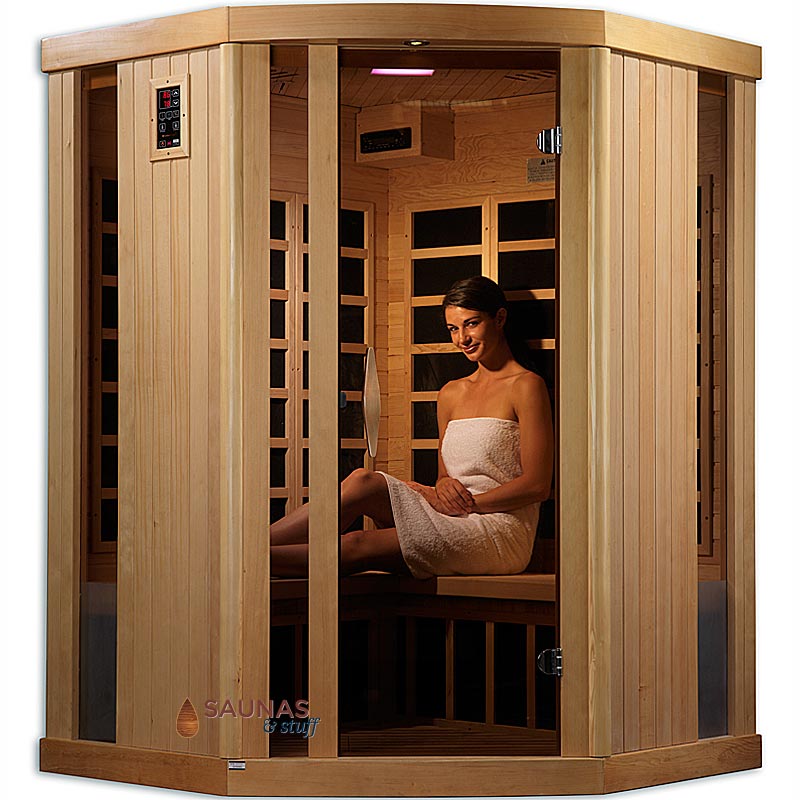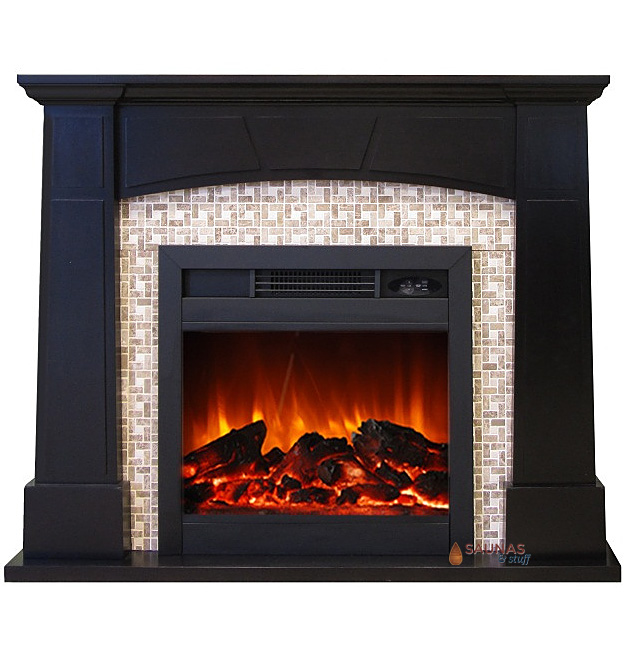Confused about the options available to you when buying an infrared sauna or infrared heater? What's the difference between bio ceramic tube infrared and carbon fiber infrared?
An infrared sauna uses infrared heaters to emit infrared light, which is experienced as radiant heat. This is unlike traditional saunas, which heat the body indirectly via air or steam. Many people find infrared saunas to be more comfortable than traditional saunas, as the body is heated but the temperature of the air stays cooler and more comfortable to breathe.
The two main types of infrared saunas are ceramic tube infrared saunas and carbon fiber infrared saunas. There are key differences between the two types. Understanding the differences will help you select the sauna that best fits your needs.
Ceramic tube heaters have long, skinny tubes that emit infrared ray waves in all directions. Reflectors are used to bounce the IR waves from the backside of the tubes into the sauna. The heat distribution tends to be uneven, with more heat closer to the heater and less heat the farther out you go. However, ceramic tube saunas tend to be cheaper than carbon fiber saunas and they heat up more quickly.
Carbon fiber infrared saunas have panels made of synthetic carbon materials that convert electricity to energy and radiate it throughout the air. They are slightly more expensive than ceramic tube infrared saunas. The heat in carbon infrared saunas distributes evenly, with no hotter or cooler spots. They take a little longer to heat up than ceramic infrared saunas, but the carbon panels are much more durable than the fragile ceramic rods. Carbon fiber infrared saunas are also more energy efficient, resulting in lower operation costs.
While it seems like carbon fiber infrared saunas are the clear winner, it really comes down to preference. The ceramic infrared saunas have been around longer, and so many people are more familiar with them. They are also easier to repair. Add to that the lower cost and they may be a better choice. So look over the available information, take a look at all the sauna options at Saunasandstuff.com, and give us a call if you have any additional questions.
*http://en.wikipedia.org/wiki/Infrared_sauna
*http://www.ehow.com/about_5340421_ceramic-vs-carbon-infrared-saunas.html


















